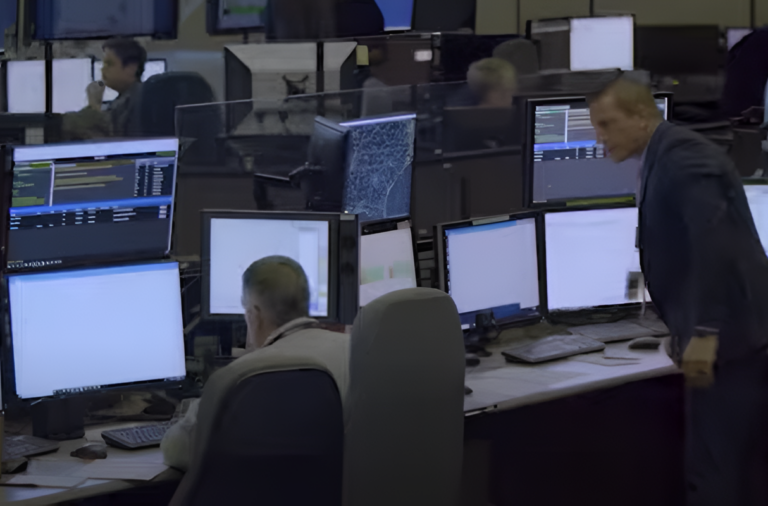
In an unprecedented move to enhance the coordination between commercial space operations and national aviation safety, Elon Musk’s SpaceX team is set to visit the Federal Aviation Administration’s (FAA) Air Traffic Control Command Center. The visit, scheduled for later this year, marks a significant step in the evolving relationship between private aerospace companies and federal regulators.
The FAA’s Air Traffic Control Command Center, located in Washington D.C., plays a vital role in managing the airspace over the United States, ensuring that civilian aircraft operate safely and efficiently. With the growing frequency of space missions, particularly SpaceX’s ambitious plans to revolutionize space travel with Starship and other spacecraft, the need for collaboration between space and aviation sectors has never been more critical.
SpaceX’s visit highlights a new era of cooperation between government agencies and private spaceflight companies, as commercial space travel is expected to become more integrated with global aviation infrastructure. Elon Musk’s SpaceX has been at the forefront of space exploration with its reusable rockets and plans for interplanetary missions. However, this technological leap requires significant adjustments in how airspace management is handled, given the increasing frequency of rocket launches, spaceflights, and reentries.
During the visit, SpaceX engineers, flight directors, and regulatory experts will engage with the FAA’s top air traffic controllers to discuss the intricacies of rocket launch trajectories, high-altitude flights, and the potential impacts on air traffic routes. Both parties aim to streamline procedures, improve data sharing, and develop new safety protocols that will enable a seamless coexistence of space and air traffic.
SpaceX’s Starship program, which intends to carry humans to the Moon, Mars, and beyond, underscores the urgency of such coordination. The company’s ambitious plans will require frequent launches from various locations, including private launch sites and government facilities. As the frequency of these missions increases, the integration of space travel with air traffic control systems is essential for both safety and efficiency.
Experts suggest that this partnership could serve as a model for future collaborations between space agencies and private companies around the world. By involving the FAA at such an early stage, SpaceX is setting a precedent for how regulatory bodies and aerospace companies can work together to establish best practices for the new frontier of commercial space exploration.
While this meeting will likely focus on operational concerns, it is also symbolic of a future where space and aviation are no longer separate industries but interconnected fields that must coexist and support each other. The FAA’s role will be pivotal in helping manage the complexities of a rapidly expanding air and space transportation network.
For SpaceX, this collaboration with the FAA is part of their ongoing effort to ensure that safety remains a priority as they push the boundaries of space exploration. The company’s focus on reusable spacecraft, which significantly reduces the cost of space access, coupled with cutting-edge technologies, will require innovative thinking in how space missions are integrated with traditional air traffic.
Looking ahead, SpaceX’s engagement with the FAA is just one piece of a larger puzzle as both industries prepare for an era where space tourism, space stations, and interplanetary travel become mainstream. With continued dialogue, testing, and regulatory updates, the collaboration between SpaceX and the FAA will undoubtedly set the stage for the safe and orderly coexistence of space and air travel in the decades to come.
As space becomes more accessible, SpaceX’s interaction with the FAA represents a model of how global regulatory bodies and private aerospace companies can work together to tackle the challenges posed by this new frontier of space exploration.

